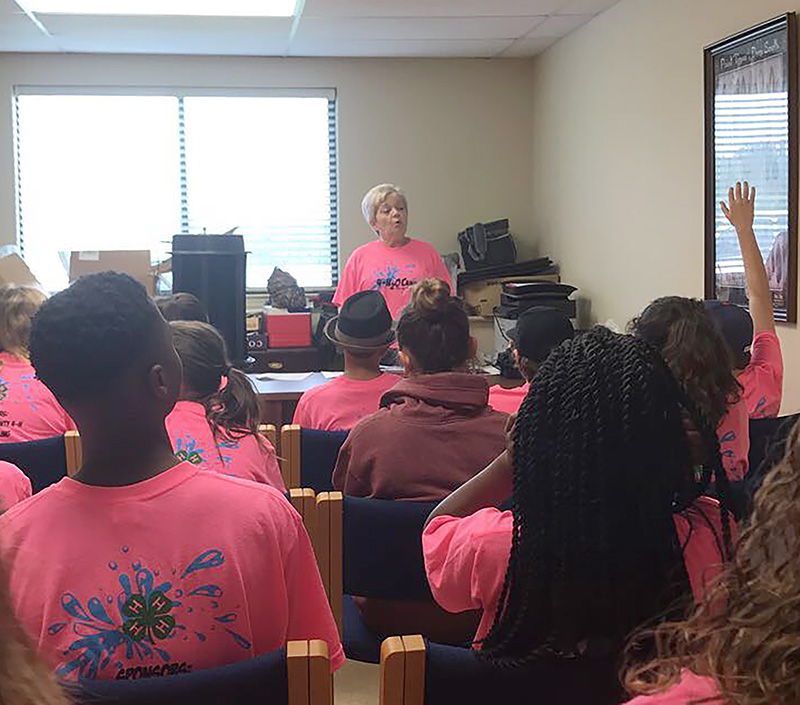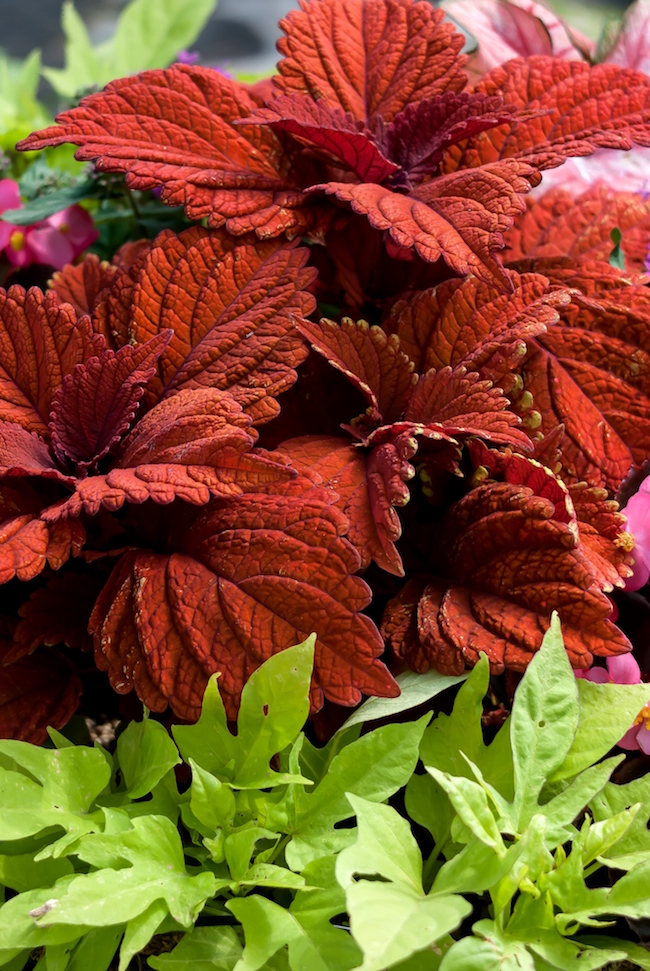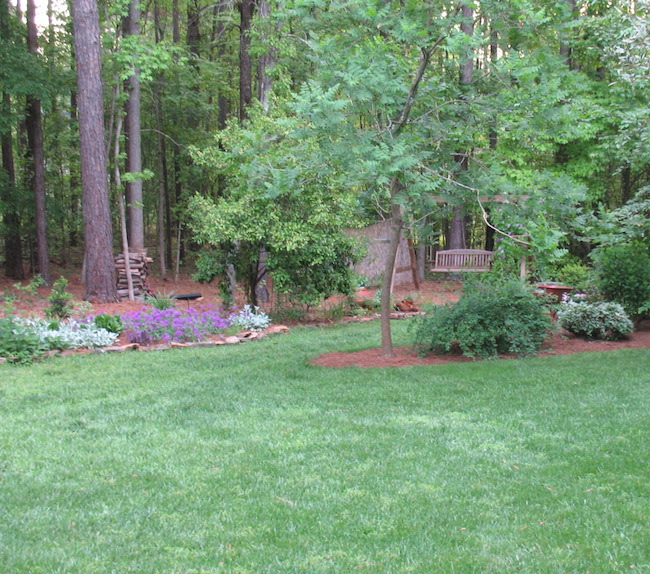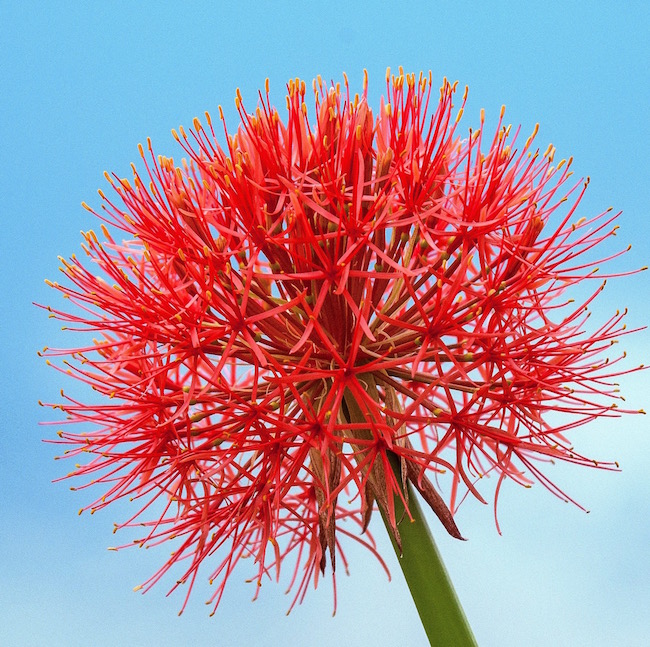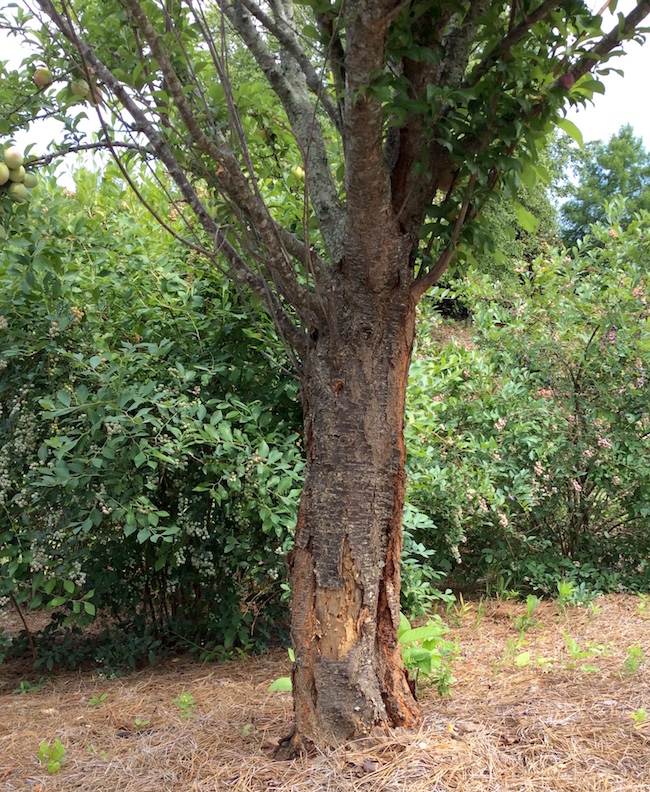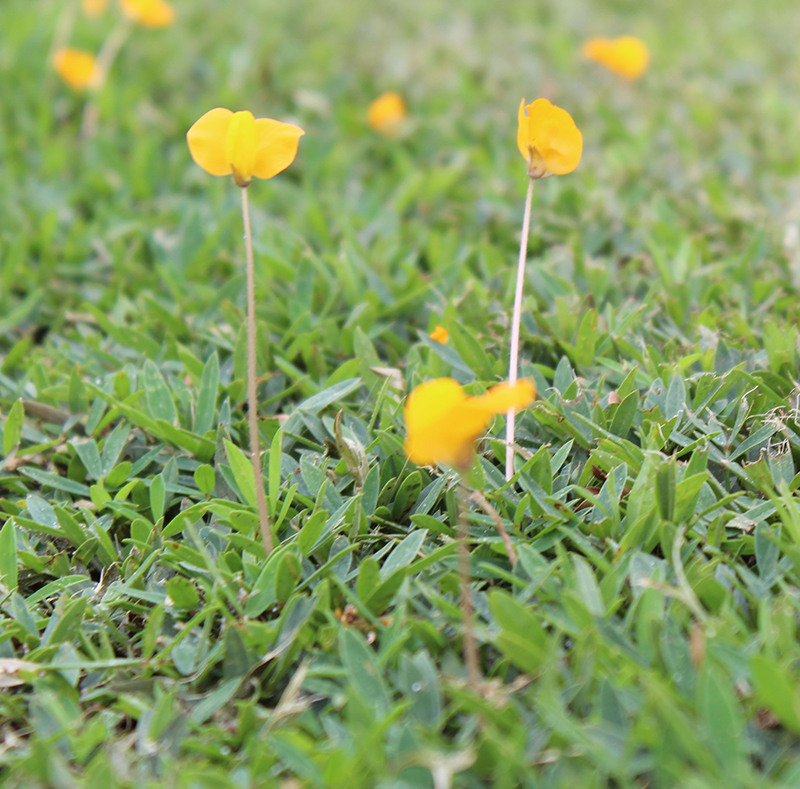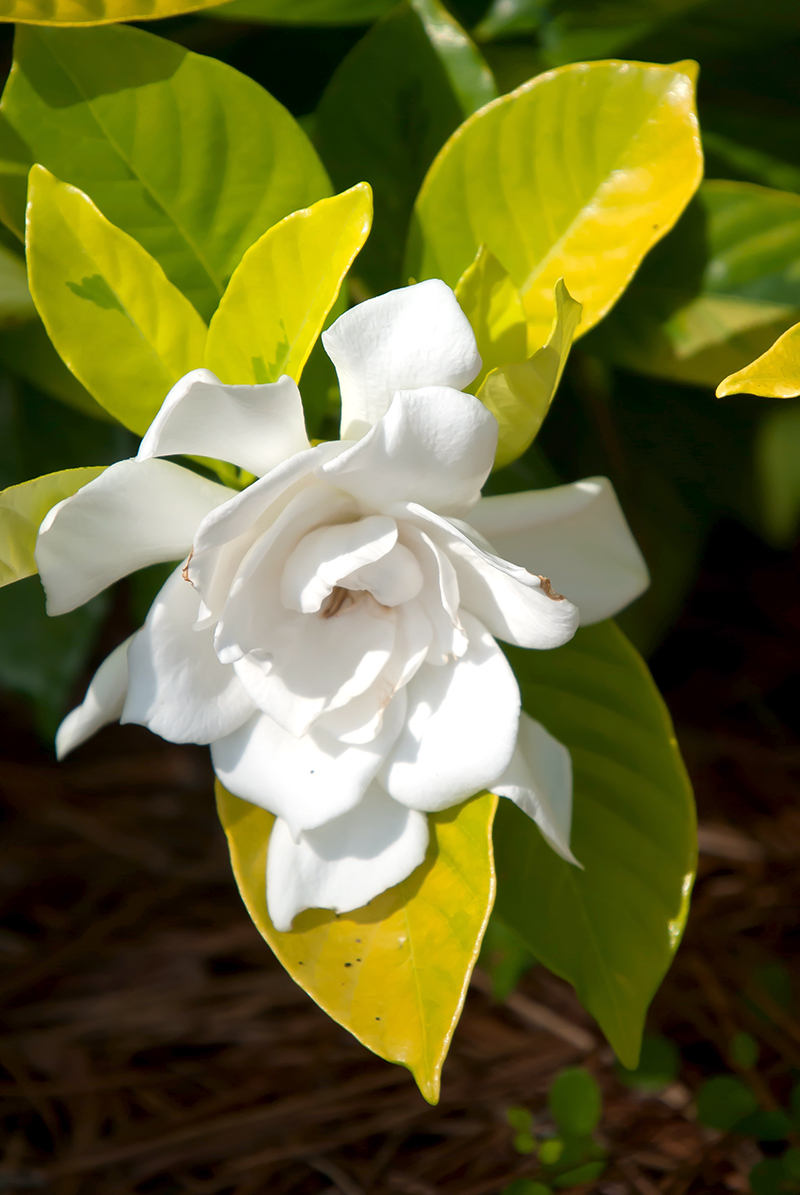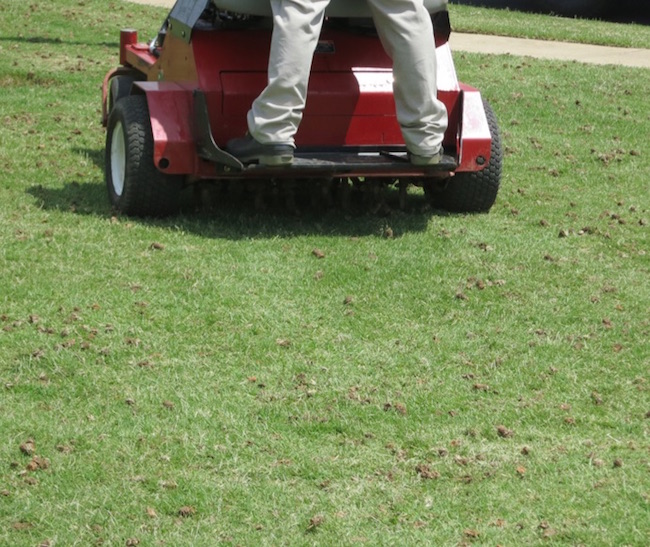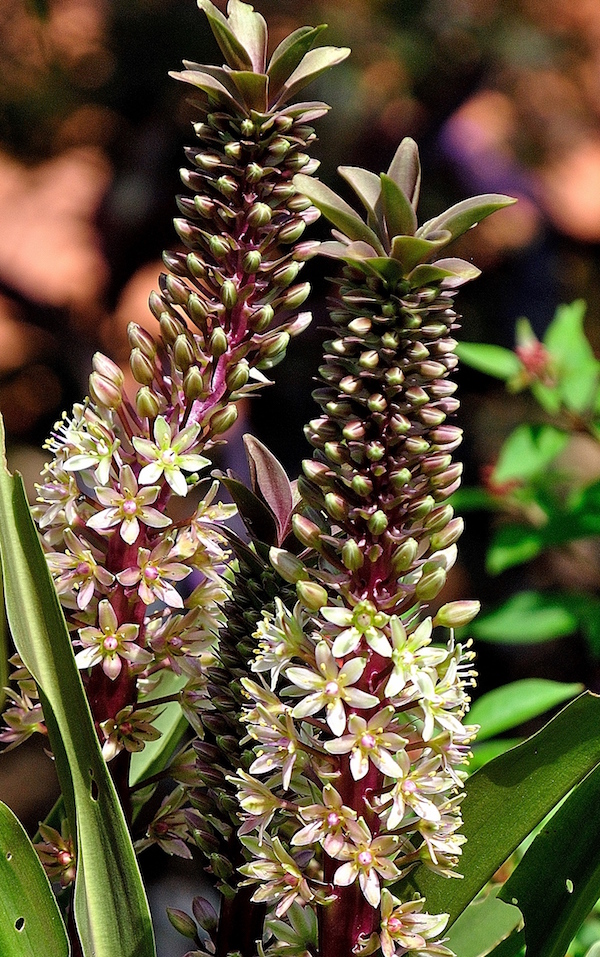 CAES News
CAES News
Pineapple Lily
With blooms that resemble a pineapple, the tropical-looking pineapple lily partners well with canna lilies, bananas and upright elephant ears. It also looks at home with ornamental grasses swaying in the breeze, partnered with drifts of flowers.

